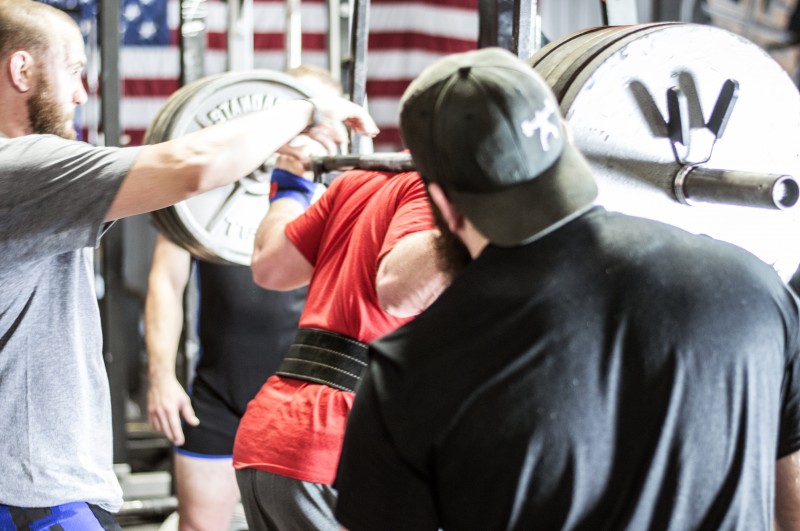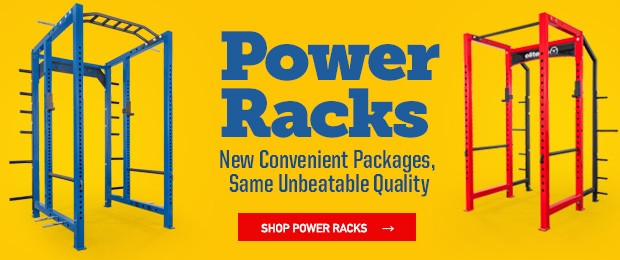
When most athletes think of improving speed, they primarily think about just spending more time on the field or track. Yes, that has importance, but as many athletes have experienced, you may soon hit a speed barrier or plateau in your running speed. You’ll also hear "speed coaches" talk about how running fast is all about stride length and stride frequency and can only be improved from more running. The truth is, stride length and frequency are simply byproducts of running fast — the results of improving speed, not the direct reason why you are getting faster. When it comes to actually building speed for team sports, these are three important areas you should focus on in training.
1. Strength Development in Relation to Body Mass
The majority of the fight down the field when sprinting is to overcome gravity, so having the proper strength to apply the right amount of force into the ground is key when it comes to enhancing your speed. Larger athletes need greater force while smaller athletes may need less force to propel their bodies across the field. Knee drive is important, but you don’t get faster in the air; you get faster by applying more force into the ground.
RECENT: Stop Training a Bundle of Muscles and Start Training an Athlete
Training to develop maximal strength in relation to your body mass should be a priority if your goal is to get faster. Compound movements like deadlifts and box squats are great strength builders. Also focusing on strengthening your posterior chain through exercises such as glute ham raises, reverse hypers, and heavy sled drags is important. For the younger athletes, starting with just the basics and improving their technique behind the strength movements will also build a solid foundation for years to come.

2. Ever-Decreasing Rate of Ground Contact Time
You may have heard it said that you can never get "too strong", but you can get "only strong." For athletes in team sports, strength is just one part of the equation. Show us an athlete with a slow first step and we’ll show you an athlete on the sidelines. You’ll not only need to apply great force into the ground with each step but also in shorter increments of time as you accelerate. In addition to getting stronger, make sure you are also training to develop a fast rate of force production through different types of intensive and explosive jumps and plyometrics, medicine ball throws, and sprints to help improve speed.
3. Mechanical Efficiency
Being able to display great force in shorter increments of time and at the proper angles into the ground is vital to improving speed, no matter what direction you’re moving. You want your technique working for you, not against you. Making sure you have efficiency in your technique will eliminate wasted energy and allow you to apply maximal effort every step. In addition to sprint and change of direction variations, at STA we also incorporate different movement exercises as needed during an athlete’s training session to help teach their bodies to move as efficiently as possible. A lot of times, though, limitations such as strength, flexibility, or not being able to produce force quickly can also play a major role in maintaining good form while sprinting. As Joe DeFranco says, the problem with most speed programs is that there is not a strength program. You can’t teach an athlete to hold a certain position if they’re not strong enough to hold that position. A lot of problems in regard to improving speed can be addressed inside the weight room with the proper training.
Conclusion
A pyramid is only as high as it is wide. When your goal is to get faster and improve speed, it all starts with having a solid foundation to build from. In addition to being able to produce more force, a properly trained athlete can also withstand greater forces on the field, which can help lower their risk of injury. This is important, as half of the battle when working with athletes is keeping them healthy. To build great speed, make sure you are addressing all of these areas throughout your training, and be sure to reach out to us for more info!
STA Sports Performance, LLC, located in Elma, New York, is a leading authority in athlete performance and adult fitness. Over the past several years, STA Sports Performance has trained some of the top athletes in their sport, ranging from the youth level to the pros. We cater to all athletes and individuals including but not limited to baseball, basketball, football, lacrosse, soccer, track and field, softball, volleyball, tennis, and wrestling. With clients in the NFL, CFL, MLB, NBA, PGA, IAAF, NWSL and Olympic Gold Medalists, we can assure you that at STA Sports Performance, the transformation to a serious and well-developed athlete is seamless. Check their website out at www.STASportsPerformance.com.









